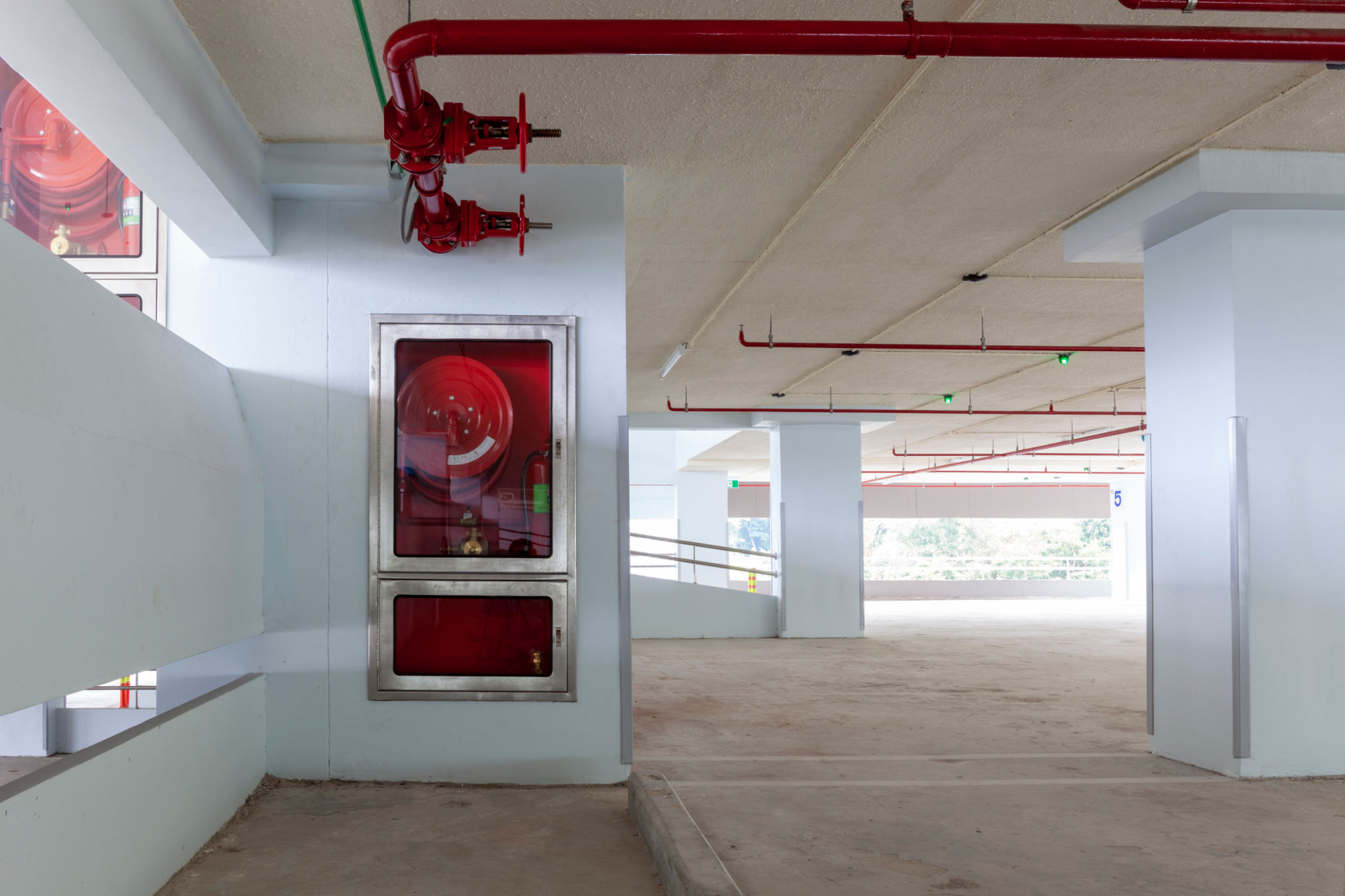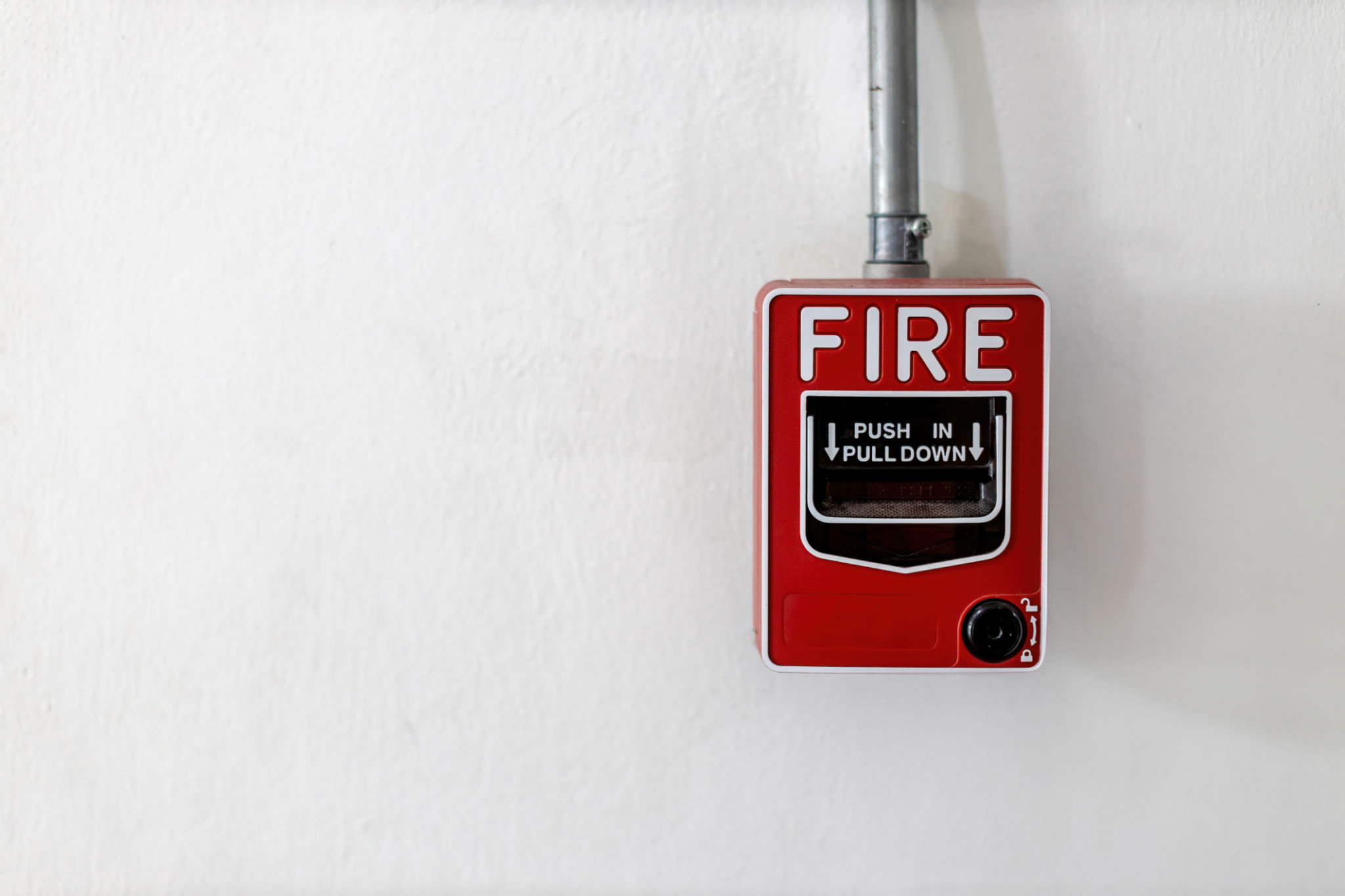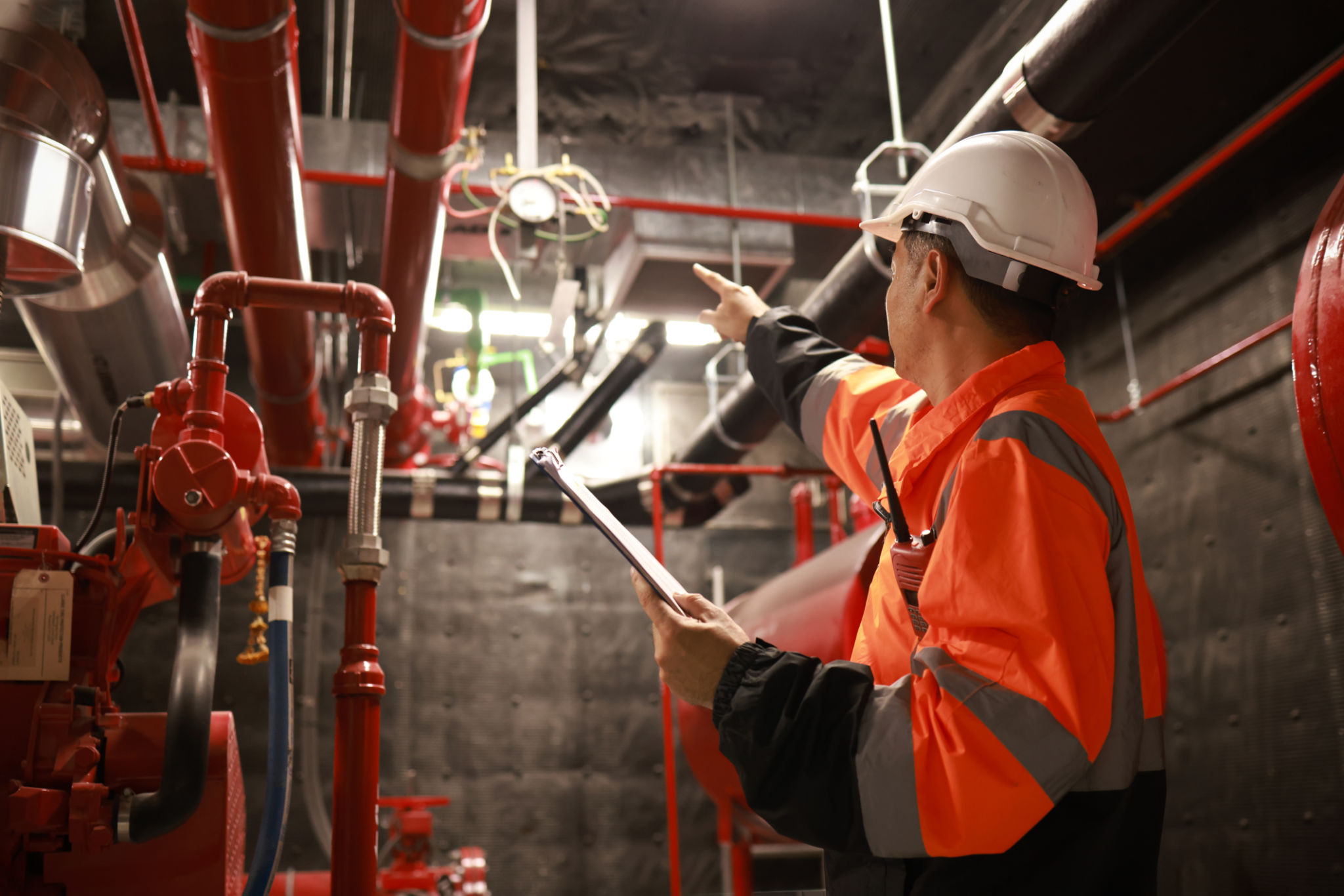Top Fire Protection Systems for Commercial Buildings
Understanding the Importance of Fire Protection Systems
Fire protection systems are crucial for safeguarding commercial buildings, protecting both property and lives. These systems are designed to detect, contain, and extinguish fires, minimizing damage and ensuring the safety of occupants. With the right fire protection measures in place, businesses can prevent catastrophic losses and maintain compliance with safety regulations.
Effective fire protection involves a combination of detection, suppression, and notification systems. Each component plays a vital role in a comprehensive fire safety strategy. Understanding the different types of systems available can help business owners make informed decisions about their fire protection needs.

Types of Fire Detection Systems
Smoke Detectors
Smoke detectors are among the most common fire detection devices. They work by identifying smoke particles in the air, triggering an alarm to alert building occupants. These devices can be either photoelectric, which are better at detecting smoldering fires, or ionization detectors, which are more responsive to flaming fires. Regular testing and maintenance are essential to ensure their effectiveness.
Heat Detectors
Heat detectors respond to changes in temperature caused by a fire. They are ideal for environments where smoke detectors may give false alarms due to dust or steam. There are two main types: fixed temperature detectors, which activate at a preset temperature, and rate-of-rise detectors, which respond to rapid temperature increases.

Fire Suppression Systems
Sprinkler Systems
Sprinkler systems are a widely used method to control and extinguish fires. They automatically release water when a fire is detected, significantly reducing heat and flames. Sprinkler systems are highly effective and can reduce fire-related fatalities by up to 87%. They come in various types, including wet pipe, dry pipe, and deluge systems, each suitable for different building requirements.
Gaseous Fire Suppression Systems
In areas where water damage from sprinklers is a concern, gaseous fire suppression systems provide an alternative solution. These systems use inert gases or chemical agents to extinguish fires without damaging sensitive equipment. Commonly used in data centers and server rooms, they quickly reduce oxygen levels to suppress fires while being safe for humans.

Fire Notification Systems
Alarm Systems
Fire alarm systems play a critical role in alerting building occupants and emergency services during a fire. These systems can be manually activated via pull stations or triggered automatically by detection devices. Advanced alarm systems can also integrate with other building systems, providing real-time alerts and ensuring a coordinated response to fire emergencies.
Emergency Communication Systems
Beyond traditional alarms, modern buildings often incorporate emergency communication systems. These systems use public address (PA) systems or digital signage to provide detailed instructions during an emergency. They help manage evacuations safely by offering clear guidance on exit routes and assembly points.
Choosing the Right Fire Protection System
Selecting the appropriate fire protection system for a commercial building depends on various factors, including the building's size, layout, occupancy type, and specific risks associated with its operations. Consulting with fire safety professionals can help tailor a solution that meets all legal requirements and provides optimal protection.
Regular maintenance and testing of fire protection systems are equally important to ensure they function correctly in an emergency. Keeping systems up-to-date with the latest technologies can enhance safety measures and provide peace of mind for building owners and occupants alike.

